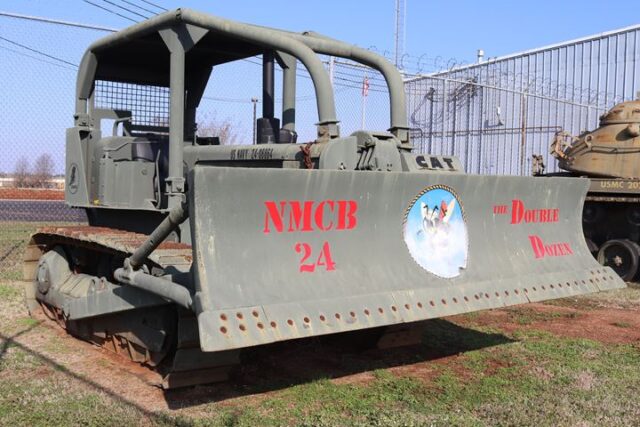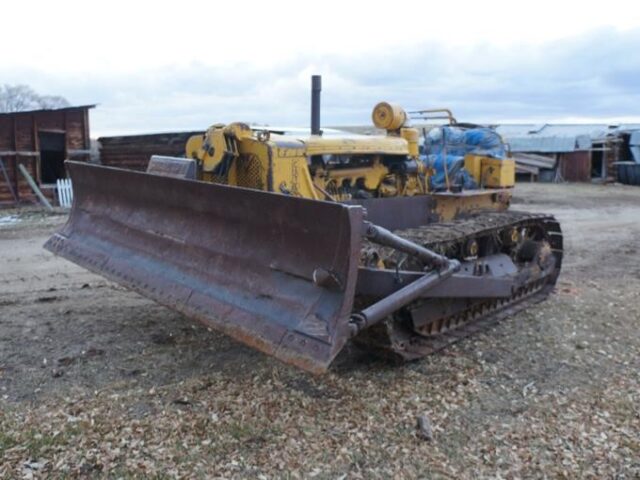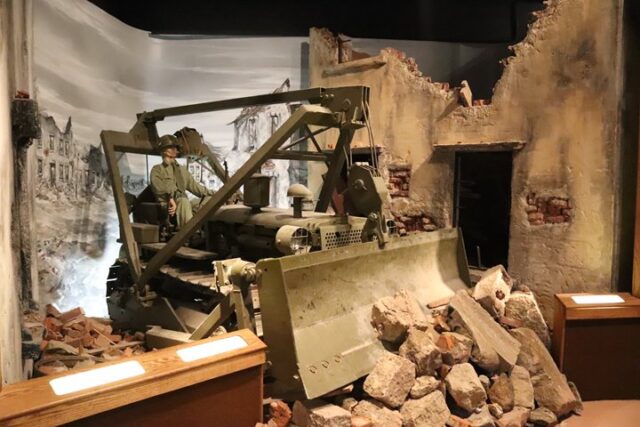From The Wall Street Journal:
For Jack Lawson, “ten hours a day in the dark prison below really meant freedom for me.” At age 12, this Northern England boy began full-time work down the local mine. His life underwent a transformation; there would be “no more drudgery at home.” Jack’s wages lifted him head and shoulders above his younger siblings and separated him in fundamental ways from the world of women. He received better food, clothing and considerably more social standing and respect within the family. He had become a breadwinner.
Rooted in firsthand accounts of life in the Victorian era, Emma Griffin’s “Bread Winner” is a compelling re-evaluation of the Victorian economy. Ms. Griffin, a professor at the University of East Anglia, investigates the personal relationships and family dynamics of around 700 working-class households from the 19th century, charting the challenges people faced and the choices they made. Their lives are revealed as unique personal voyages caught within broader currents.
“I didn’t mind going out to work,” wrote a woman named Bessie Wallis. “It was just that girls were so very inferior to boys. They were the breadwinners and they came first. They could always get work in one of the mines, starting off as a pony boy then working themselves up to rope-runners and trammers for the actual coal-hewers. Girls were nobodies. They could only go into domestic service.”
Putting the domestic back into the economy, Ms. Griffin addresses a longstanding imbalance in our understanding of Victorian life. By investigating how money and resources moved around the working-class family, she makes huge strides toward answering the disconcerting question of why an increasingly affluent country continued to fail to feed its children. There was, her account makes clear, a disappointingly long lag between the development of an industrialized lifestyle in Britain and the spread of its benefits throughout the population.
. . . .
In preindustrial times, both men and women had faced a fairly set course in life on the edge of subsistence. During the Victorian era, their fortunes rapidly diverged. Many of the best-paid roles within the newly industrialized economy were designated as exclusively male. Those designated as female were very low paid (well below subsistence level). Thus developed the “breadwinner wage” model—the idea being that a man needed to support a family upon his earnings but a woman needed only pin money, her basic needs having been provided by father or husband.
Ms. Griffin’s groundbreaking research tracks the effects of this philosophy through personal autobiographical accounts. Working-class men gained power and personal freedom from the new opportunities and broader horizons. Working-class women, by contrast, faced the same old narrow set of options. This new pattern of gender divergence was most pronounced in urban situations, where the higher male wages were largely to be had, and was attended by a significant rise in family breakdown.
Link to the rest at The Wall Street Journal (Sorry if you encounter a paywall)
In the dim caverns of his memory, PG remembers reading that survival and eventual prosperity of married settlers who journeyed to the American West generally required the hard work and often income-producing farming and ranching also required the active physical participation of both spouses to a greater extent than was were the family circumstances of the typical Breadwinner economic model.
In the American West economic model, children were also expected to provide productive labor in the process of obtaining food and income from the farm or ranch.
When PG was a wee lad, he remembers helping to herd livestock and run to get tools from the shed as required by his parents.
His mother was definitely involved in the agricultural and livestock activities on a regular basis. She and PG both were chased by an angry cow as they were trying to give some medication to her calf. PG was 7 years old at the time and discovered a running speed he didn’t realized he possessed as he headed for the fence.
When PG was 11 years old, he learned to operate a Caterpillar D6 (sometimes known as the most important piece of military equipment used in the Pacific theater of World War II) and thought he was the coolest kid around driving it to help his father on the farm.
Unfortunately, PG doesn’t have any photos of himself operating the D6, but here are a few to give anyone who is still interested a sense of the size of the machine. PG remembers that it required about a three-step climb from the ground to the seat.



